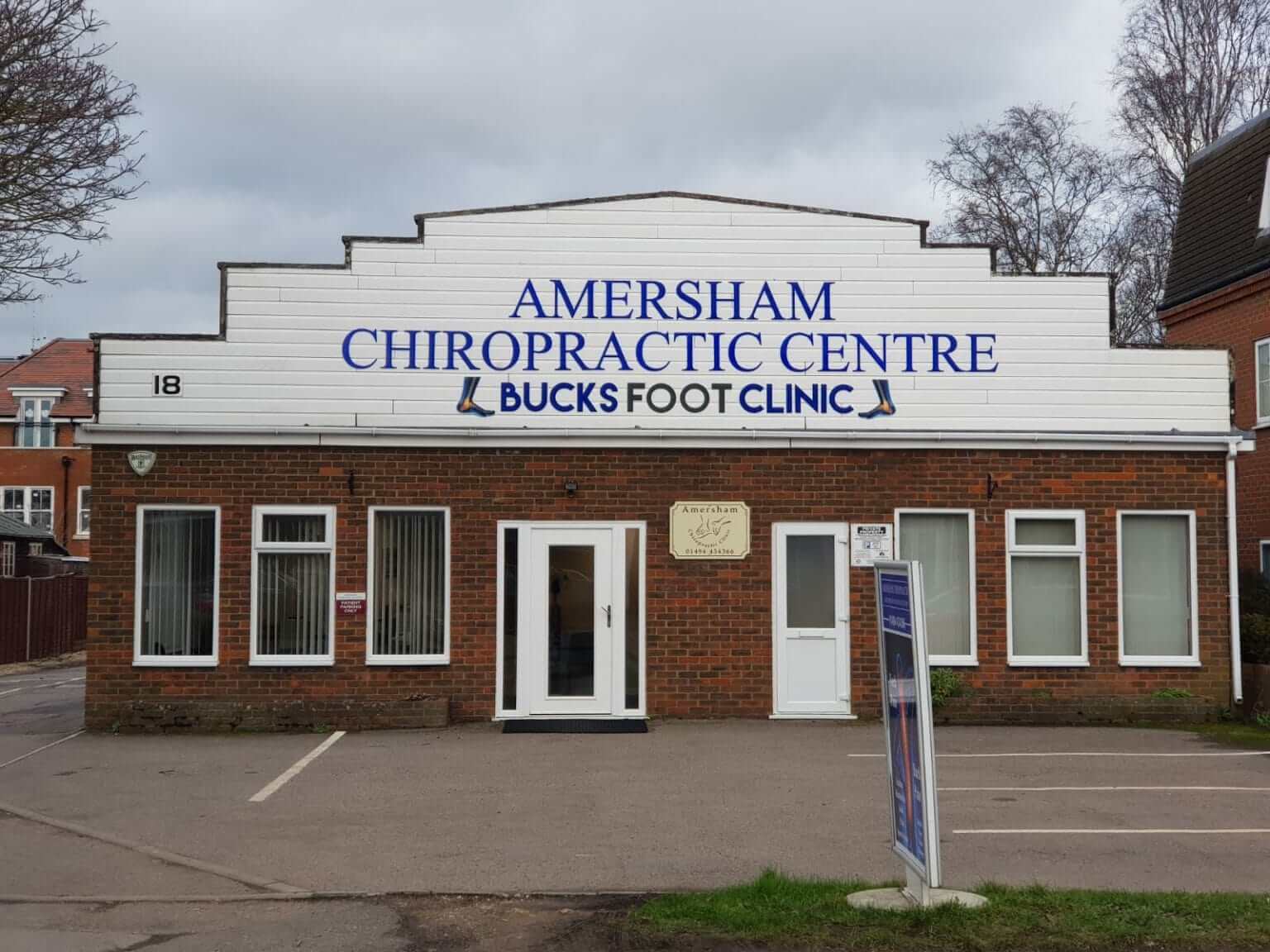
If you’ve landed on this article, you probably googled something like “ingrown toenails cure near me” and are looking for ingrown toenail remedies in Amersham. You’ve come to the right place!
Bucks Foot Clinic is here for all your podiatry needs, and we believe in educating our audience above all. So, we’ve put together this article to let you know everything you need to know about Ingrown Toenail Infections, including ingrowing toenail management. Read on to learn more.
What Are Ingrown Toenail Infections?
Ingrown toenail infections occur when the corner tip or edge of your toenail pokes into the skin surrounding it, instead of freely growing outwards. The toe that’s most likely to suffer from this issue is your big toe, since it’s usually the one that’s most in contact with your footwear.
This condition is potentially very painful and can affect pretty much anyone, of all ages. Left untreated, an ingrown toenail infection can lead to other infections that may even spread into the underlying bone structure of your feet.
If you have a condition that reduces the blood flow to your feet, like diabetes and peripheral arterial disease, you’re more likely to suffer from an ingrown toenail. In fact, if you suffer from any of these conditions, your ingrown toenail can turn sour very quickly and lead to severe complications. This is why it’s important to know the symptoms early on and treat it accordingly.
Ingrown toenails are treatable at home, but at-home treatments can lead to complications if not carried out properly and hygienically. These complications will require immediate attention from a podiatrist or medical practitioner.
Symptoms to Look Out For
Here are some of the main symptoms to look out for, in order to identify an ingrown toenail infection so you can go about ingowing toenail management correctly.
- Swelling in the affected area
- Pain when you touch the area
- Pain in toenail
- Pain in toenail due to shoes
- Pain in toenail in bed
- You feel pressure under your affected toenail
- Throbbing sensations in the area
- Foul smell coming from the affected area
- Warmth in and around the infected area (this is your body’s way of telling you that you have an infection, while also fighting off said infection)
- Hardened skin around affected nail, accompanies with redness
- You may experience a build-up / ooze of fluid in the affected area
- Your nail is thick, yellowing, or cracked. This is a key symptom of a fungal infection and must never be ignored
- You may even develop an abscess that fills with pus, in the area where your nail has punctured your skin
- The edges of your nail have an overgrowth of new and inflamed tissue
Ingrowing Toenail Management
Ingrown toenail infections are easy to cure at home if you identify them soon. Never yank or pull on the ingrown nail; you shouldn’t force it and you must always make sure your hands are clean and dry before attempting to fix it at home.
Some home remedies include:
- Soaking your foot in warm water and Epsom salt / coarse salt to soften the skin around your nail. This will also help drain the pus out and reduce pain.
- Applying antibiotic or antifungal lotion onto the nail and skin under and around the nail.
- Taking over-the-counter pain medication to help with the discomfort, pain, and swelling.
- Wearing comfortable and breathable shoes.
If these don’t home remedies don’t work, and you find it hard to manage, your doctor may do some of the things listed below:
- Pack an antibiotic soaked gauze under your nail to eliminate infection and encourage the nail to grow out normally
- Trim or cut off the ingrown part of your nail
- Surgery, only if the case is serious and / or recurring
If your ingrown nail persists and the infection isn’t getting better, it’s time to see a doctor near you.
Ingrown Toenail Remedies Amersham
There are also a few other ways you can go about caring for your ingrown toenail infection. If you’re looking for ingrown toenail remedies in Amersham, you may try the following (but it’s better to visit a podiatrist):
- Snakeroot Extract: Sometimes the best solutions are found in nature. The extract of this antifungal plant can be used to treat fungal nail infections, and has proved to be as effective as ciclopirox, a drug-store anti-fungal treatment.
- Ozone Oils: Oils like sunflower oil and olive oil are oils that contain the same gasses that exist in the ozone layer. Many studies have been conducted that have concluded that these “ozonized” oils are effective when it comes to treating nail fungus and may just be the best home remedy on how to get rid of a nail infection. In fact, a study took place in which sunflower oil had higher clinical effects than a common antifungal medication called ketoconazole.
- Oregano Oil: Another proof of the effectiveness of nature is oregano oil. It contains “thymol”, a naturally occurring phenol that is said to have antifungal properties. In treatments, this oil is also combined with tea tree oil, but this increases the risk of negative side effects, irritation, and allergic reaction.
- VapoRub: Though commonly used to treat colds and coughs, vicks vaporub has proved itself beneficial in treating fungal nail infections, in a study done in 2011.
If your infection has more serious symptoms, or persists after taking the above measures, visit a podiatrist immediately.
Ingrown Toenail Cure near Me
The best way to permanently deal with and cure your ingrown toenail infection is by visiting a podiatrist near you. For the best podiatric treatment near you, visit Bucks Foot Clinic. We’ll be able to help you resolve your issue with ease.
Please call us on 0800 107 3290 / 077 99 122 099 Or contact us now

Recent Comments